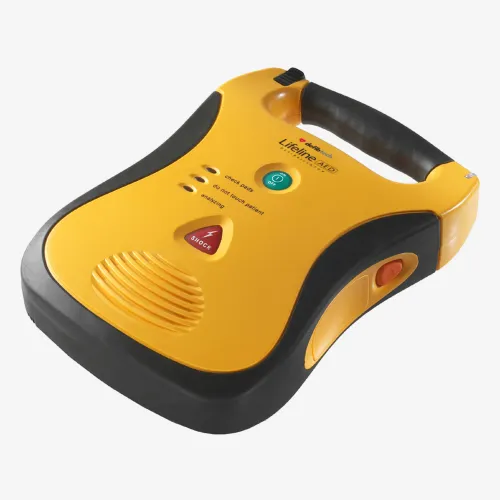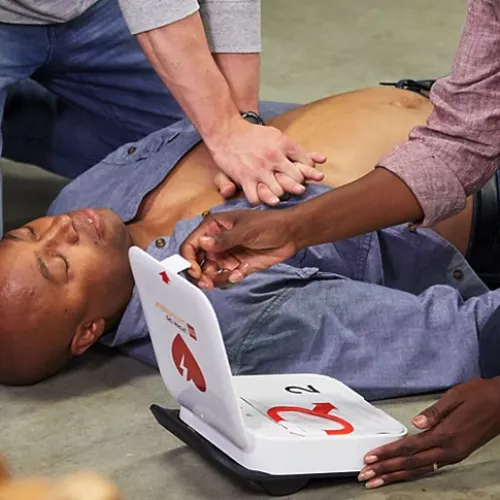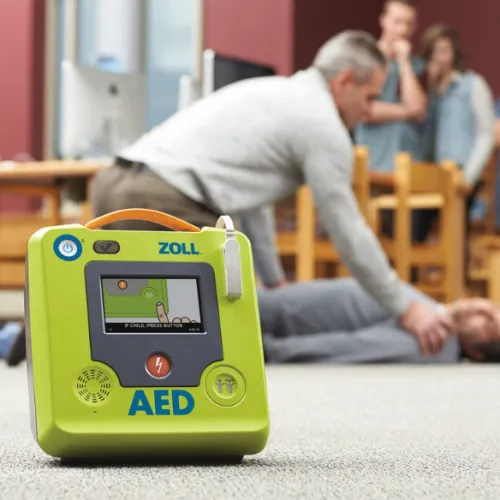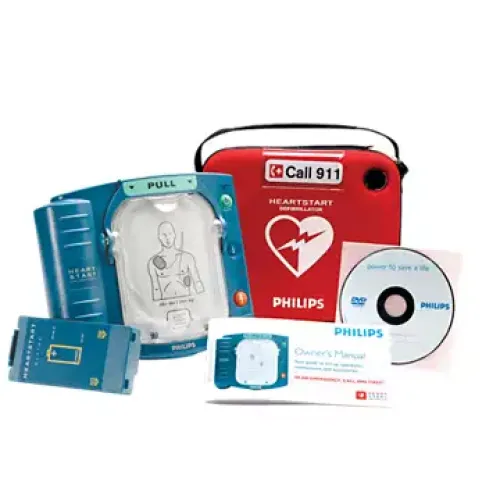AED Buyers Guide
We Help You Find The Right AED At The Best Price
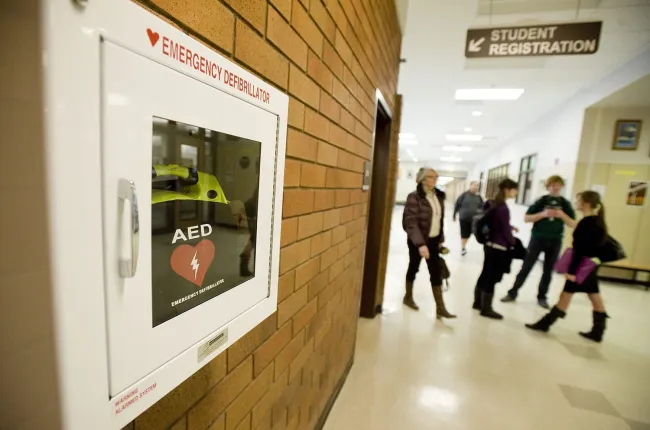
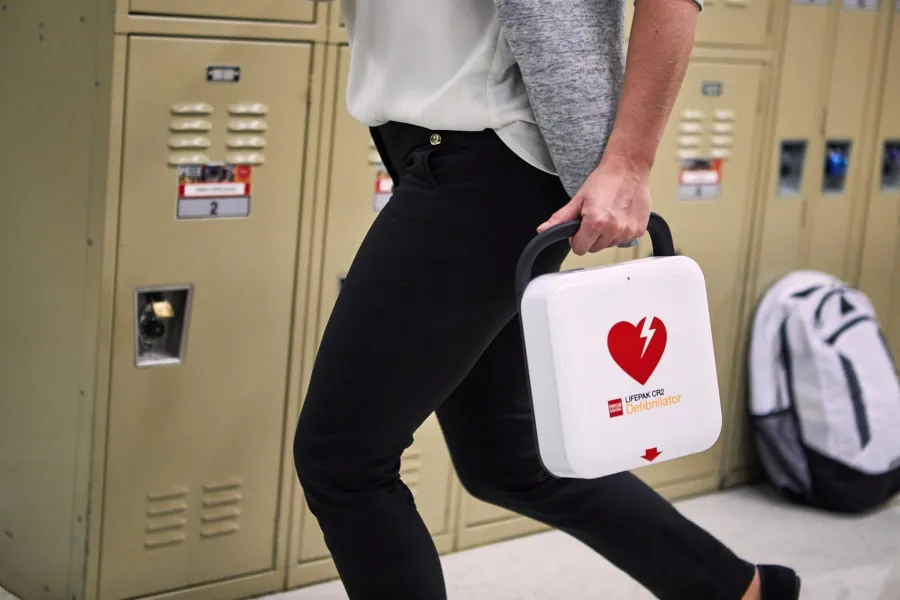
What Is An Automated External Defibrillator (AED)?
An AED, or Automated External Defibrillator, is a portable device that analyzes and restores a normal heartbeat during sudden cardiac arrest. It's user-friendly, offering step-by-step instructions for pad placement and rhythm analysis. If a shockable rhythm is detected, it administers a controlled electric shock to reset the heart's activity. The AED continuously monitors the patient's heart rhythm and provides guidance until professional help arrives.
Why You Need an AED Machine for Your Location
Every year, approximately 350,000 Americans experience sudden cardiac arrest (SCA), a serious and life-threatening medical emergency. Rapid intervention is essential, as survival rates drop significantly after ten minutes without proper treatment. Traditional first aid methods, including CPR, are inadequate alone when SCA leads to ventricular fibrillation (VF)—a condition causing an abnormal heart rhythm. Only an automated external defibrillator (AED) can restore the heart's normal rhythm by delivering a critical electric shock.
With each passing minute without defibrillation, the chance of survival decreases by approximately 10%. Sadly, nearly 1,000 individuals lose their lives to SCA every day in the United States. This condition is unpredictable and can strike anyone, regardless of age, gender, or overall health.
Due to these significant risks, it's highly recommended that AED machines be available in locations with large gatherings, workplaces, schools, gyms, and any area where individuals at higher risk of cardiovascular events frequent. Need assistance choosing the right AED? Call our expert team toll-free today for a personalized consultation and a free quote at 866-824-3854.
How Much Does an AED Cost?
AED machines generally range in price from $1,400 to more than $2,500. The exact cost depends significantly on the specific model, advanced features, and included accessories.
When comparing AED models, consider the following features that may influence the cost:
Wireless Connectivity: Enables real-time monitoring and immediate alerts during emergencies, enhancing responsiveness.
ECG Monitoring Capabilities: Provides crucial, comprehensive insights into a patient's cardiac activity, guiding more effective emergency interventions.
Long-lasting Batteries: Essential for reliability, ensuring your AED is always operational and ready for emergencies.
Total Cost of Ownership for an AED Machine
When budgeting for an AED, it's important to account for initial purchase price as well as necessary accessories and ongoing maintenance:
Initial Costs:
New AED Device: Approximately $1,799
Backup Adult Electrode Pads: $50 to $200
Backup Infant/Child Electrode Pads: $75 to $230
AED Trainers (for practice): $400 to $600
AED Cabinets, Signs, and Wall Stickers: $5 to $250 or more
Recurring AED Maintenance Costs:
AED Electrode Pads: Typically replaced every 2-4 years
AED Batteries: Usually replaced every 4 years
Understanding these costs helps ensure your AED investment is sustainable, effective, and reliable long-term. For detailed guidance on maintaining your AED and understanding associated costs, our expert team is available to provide clarity and support.
Browse All AEDs
Frequently Asked Questions
Q Why do I need an AED?
A person experiencing sudden cardiac arrest will often collapse abruptly as their heart ceases to beat. There is a critical 5-minute window from the time of collapse to when a shock must be administered for the best chance of survival. The availability, accessibility, and use of an AED can be crucial in saving the life of someone you care about.
